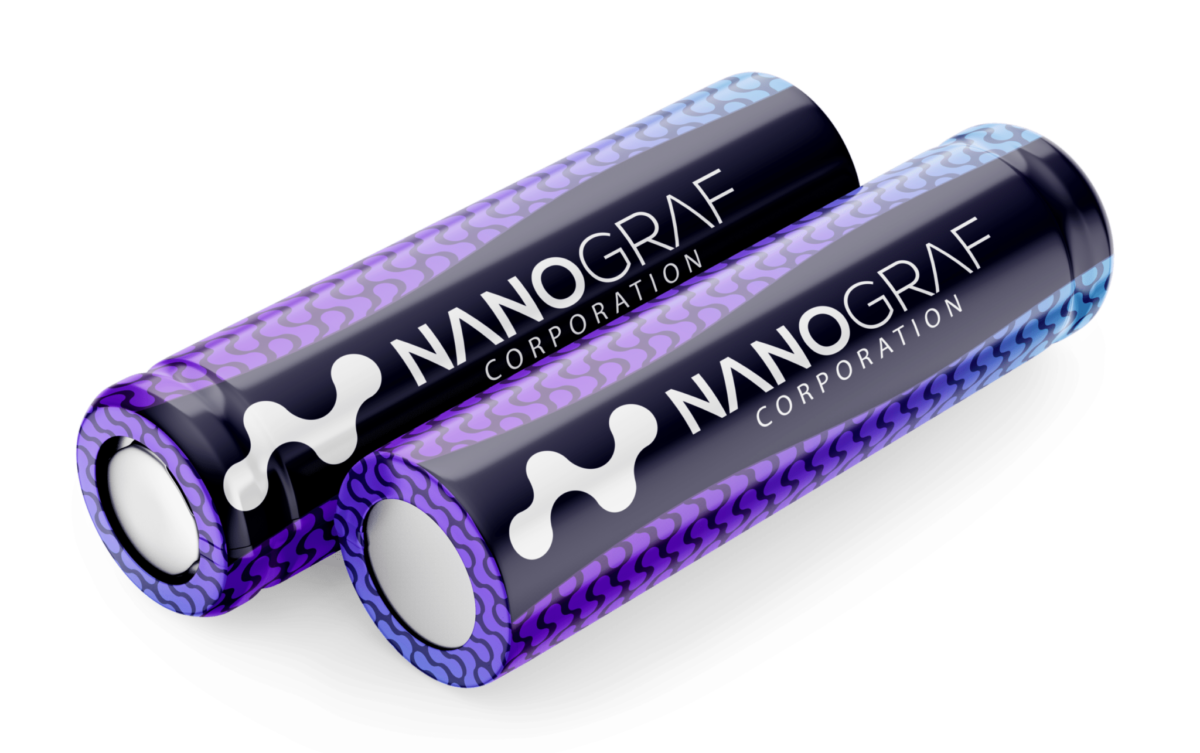NanoGraf plans to launch production of advanced silicon anode materials for the U.S. battery supply chain in 17,000 square foot manufacturing facility in Chicago. Production is set to begin in Q4 2023, with an expected phase one material production capacity of 35 tons per year, which is enough for 24 million battery cells. NanoGraf said it intends to ramp production to 1000 tons of material production per year by 2024.
In addition to the manufacturing facility, the company will use 2,500 square feet to support NanoGraf’s ongoing R&D, quality assurance, and quality control efforts, along with 3,500 square feet for office space. NanoGraf said it plans to double its current team by the end of 2023.
The U.S.-based company, a spinout of Northwestern University and Argonne National Laboratory, previously produced its silicon anode battery materials in Japan, but decided to its manufacturing in order to support the emerging U.S. battery supply chain. The proprietary silicon anode enables the world’s most energy-dense 18650 cell, the company reports.
“It is imperative to have a robust domestic supply chain for the battery industry, and as an American company we are thrilled to help lead the way with our new Chicago manufacturing facility,” said Dr. Francis Wang, CEO of NanoGraf. “In Illinois, we’re surrounded by civic and business leaders who are united to grow the battery supply chain and manufacturing industry here, and we’re confident that with this new facility we can both drive this industry forward and bring new jobs and opportunities to Chicago.”
Last year pv magazine usa interviewed Kurt “Chip” Breitenkamp, vice president of Business Development at NanoGraf, who offered insight into how the Biden administration might tackle the battery and storage challenge following its “Made in America” executive order signed. The order directs the federal government to replace its entire existing vehicle fleet with EVs.
“If we believe that electrification is going to be the future of the new green economy, we can’t be reliant on other countries,” said Breitenkamp. “I think we learned that lesson from fossil fuels over the last 50 years.”
He noted that at the time, domestic battery manufacturing was virtually non-existent. Making those batteries requires the supplies to go with them, and NanoGraf’s new production facility aims to help develop an American battery production supply chain.
The recent announcement comes on the heels of two major milestones for NanoGraf. In October of 2022, the company set the new industry benchmark for the most energy dense lithium-ion 18650 battery. The next-generation cell will increase the energy density of batteries by over 20%, considerably lightening the load for users. NanoGraf’s research was aided by funding from the U.S. Department of Defense, with the goal of developing a longer-lasting and potentially lighter per-cell lithium-ion battery, designed to provide U.S. military personnel with better portable power.
The new chemistry, however, has uses beyond military portable electronics. NanoGraf said the biggest opportunities for more energy-dense batteries lies with electric vehicles, as the cell technology could provide an immediate boost to vehicle range.
“Battery innovation in the Midwest is ramping up as the public sector implements policies that encourage its expansion here,” said Ralph Wise, advisory board member of NanoGraf. “We look forward to being a key part of this growth and delivering the world’s best battery performance in electric vehicles, military applications, consumer electronics, industrial equipment, and more.”
This content is protected by copyright and may not be reused. If you want to cooperate with us and would like to reuse some of our content, please contact: editors@pv-magazine.com.









By submitting this form you agree to pv magazine using your data for the purposes of publishing your comment.
Your personal data will only be disclosed or otherwise transmitted to third parties for the purposes of spam filtering or if this is necessary for technical maintenance of the website. Any other transfer to third parties will not take place unless this is justified on the basis of applicable data protection regulations or if pv magazine is legally obliged to do so.
You may revoke this consent at any time with effect for the future, in which case your personal data will be deleted immediately. Otherwise, your data will be deleted if pv magazine has processed your request or the purpose of data storage is fulfilled.
Further information on data privacy can be found in our Data Protection Policy.